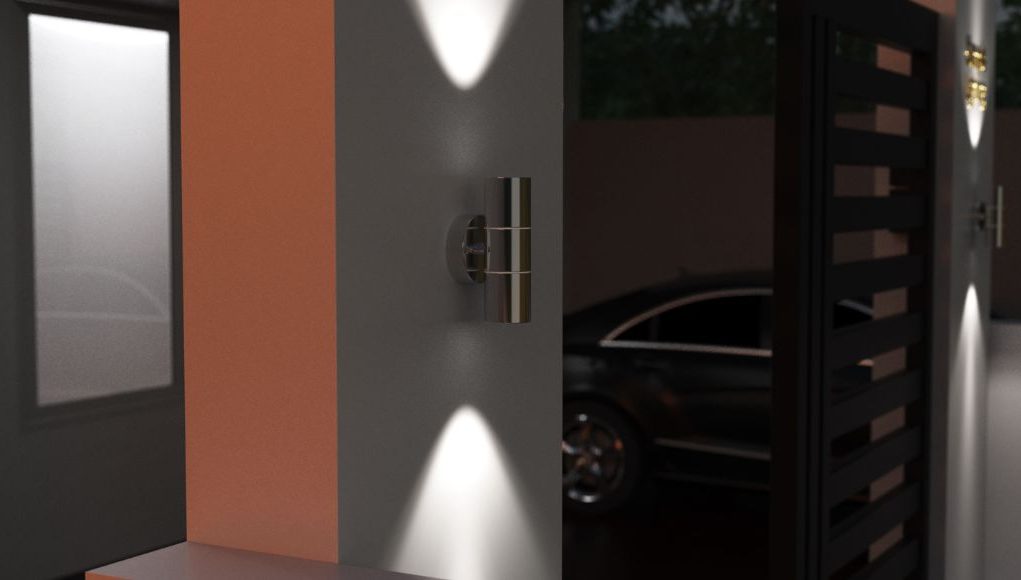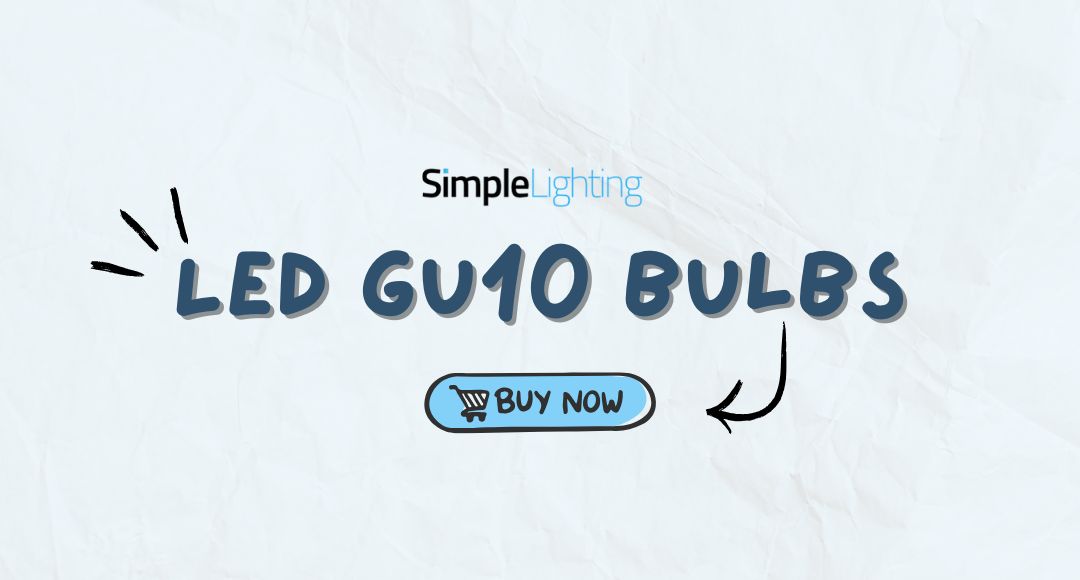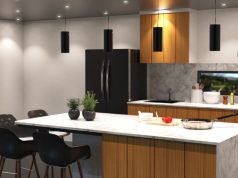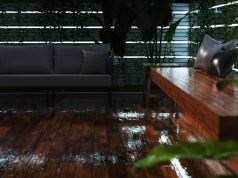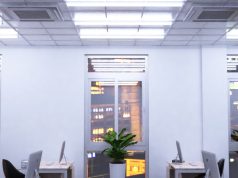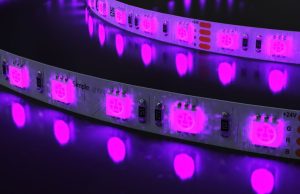If you haven’t heard, there’s a long-standing debate about LED lighting versus traditional lighting. These two artificial light sources have been pitted against each other, construing the truth and confusing many. With the growing concern for sustainability, energy efficiency and environmental impact, the battle between LEDs and traditional fixtures has been fierce.
So, which is the best choice?
Understanding Traditional Lighting
Incandescent and halogen bulbs are considered traditional lighting sources. They were available before the invention of LEDs and catered to every lighting need in commercial and residential properties.
Although incandescent and halogen bulbs have varying components, they have almost the same process: light is produced when heat passes through a thin metal filament.
Unfortunately, neither is energy-efficient or long-lasting. Incandescent and halogen bulbs lose most of the electricity they consume to produce heat, with only a small portion transformed into light. The incredible amount of heat affects the other components of the bulbs, causing them to live a short life.
What is LED Lighting?
LED lighting produces illumination when an electrical current passes through a microchip (light-emitting diodes). Say a traditional fixture converts 95% of electricity into heat, with only 5% into light. With LED lighting, it’s the opposite. They can efficiently transform most of their consumed power into luminance.
Furthermore, LED fixtures are known for several key features. In addition to a lower energy consumption, they also have minimal heat output and a longer lifespan! You can also get them in different colours and brightness levels!
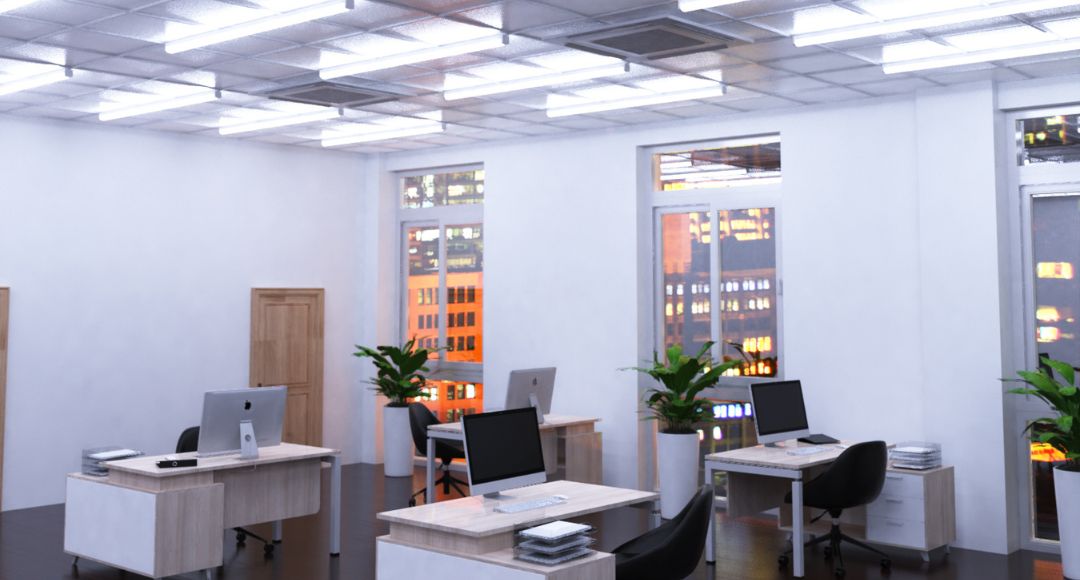
Energy Efficiency Comparison
LED lighting is about 80 – 90% more energy-saving than incandescent bulbs. Yes, in terms of brightness, traditional fittings can keep up. However, you’ll see a significant gap between their wattage requirement. To produce 800 lumens, an incandescent bulb will need 60w of power, whereas an LED bulb would only require 13w.
Cost-Effectiveness Over Time
Regarding upfront cost, an LED bulb will be higher than a traditional bulb. However, when talking about the long term, LED lighting has more edge. An LED fitting has low power consumption and a long lifespan. With the reduction in your electricity bill and maintenance expenses, you can easily earn back your initial investment in a few months.
An incandescent bulb will run at a higher wattage and require frequent replacements because it typically lasts only 1,000 hours!
Environmental Impact
Did you know that lower energy consumption means a lower carbon footprint? Caring for the environment can be challenging because you must be constantly aware of your choices. One passive way of helping reduce your negative impact is by using LED lighting.
In addition, LED fixtures don’t contain substances that can harm the environment. Some traditional bulbs contain mercury and other harmful chemicals that should not be in contact with nature and wildlife. Besides that, since LED bulbs have a longer lifespan, they help reduce waste!
Debunking Common Myths
There are many myths surrounding LED lighting, leading people to many misconceptions. Let’s debunk some!
- LED lighting is expensive. This may have been true in the early days, but now LEDs are affordable. There’s a slight difference between traditional bulbs and LED bulbs. However, it’s not shockingly expensive, which will make you hesitate to use an LED product.
- LED lighting has no warm tones like incandescent bulbs. LED light bulbs are available in various colour temperatures, including warm white, cool white, and natural white. You can even get a tunable LED bulb, which gives you access to all three colours in a single lamp!
Conclusion
LED lighting has superior energy efficiency, reduces electrical and maintenance costs, and positively impacts the environment. It’s clear that LED lights are better than traditional fixtures. Don’t believe the myths and experience the wonderful advantages of this lighting solution!
If you’re ready to switch to LED lighting, visit our website, Simple Lighting. We house a comprehensive range of indoor, outdoor, and commercial lighting!


